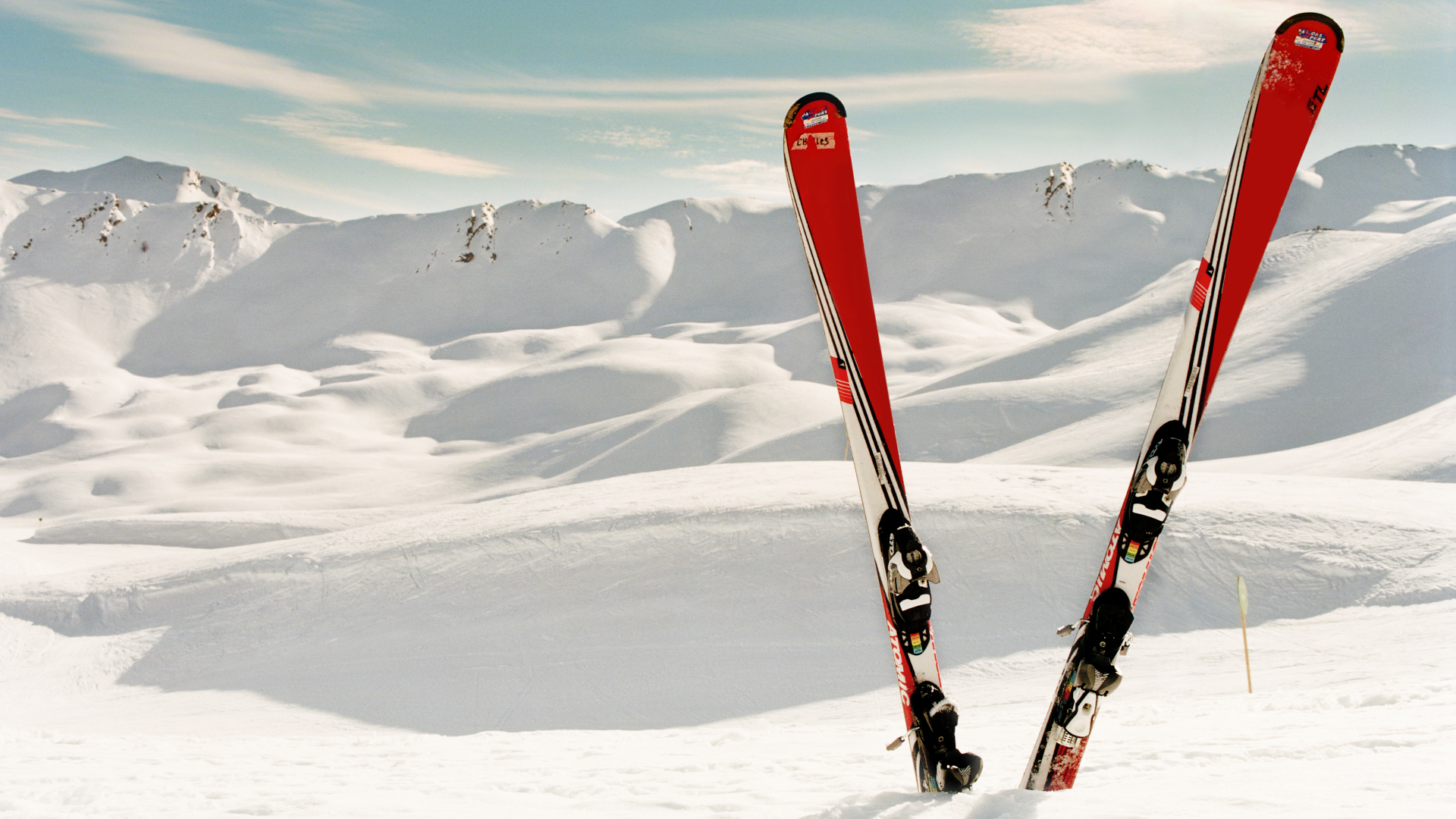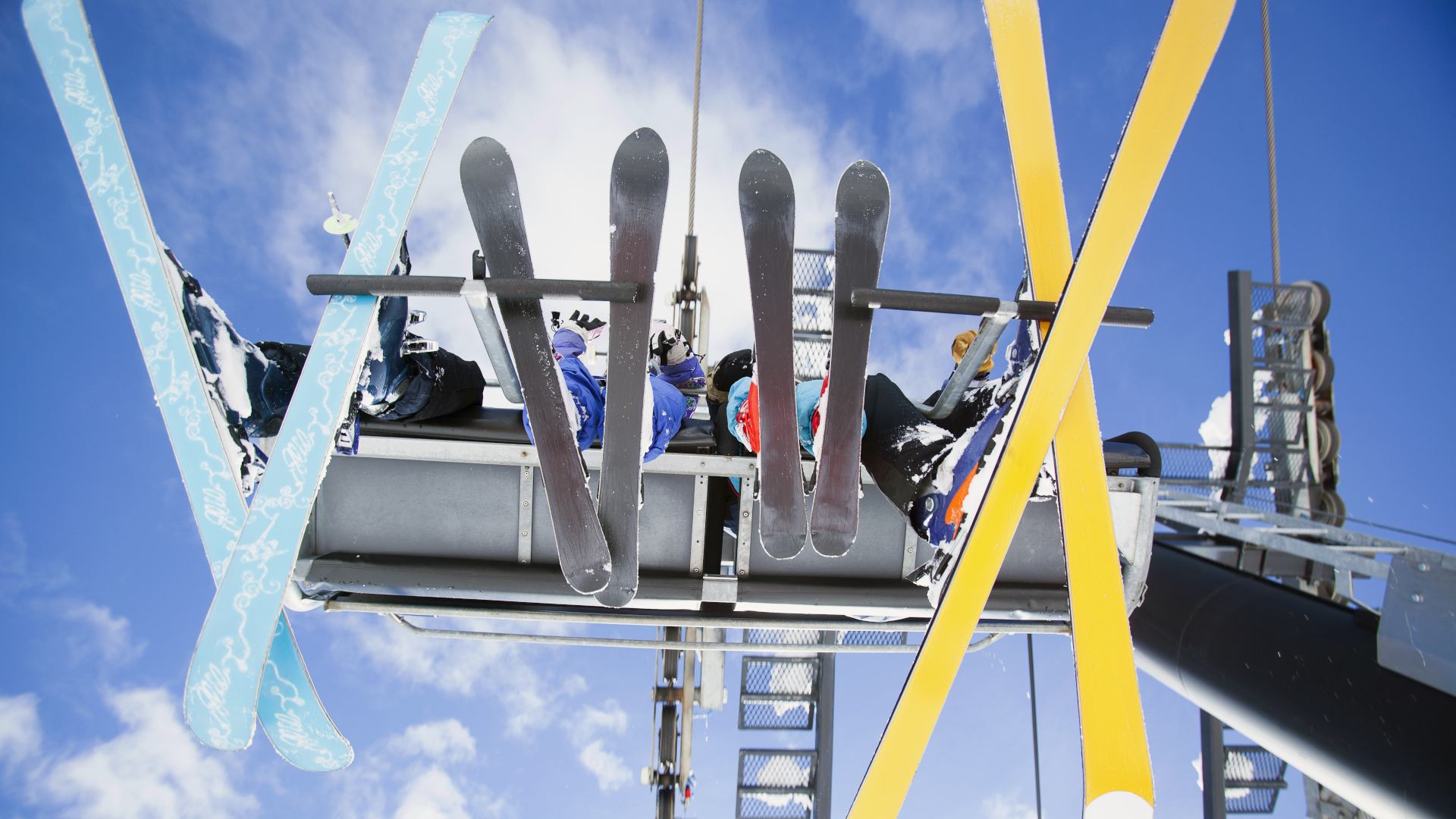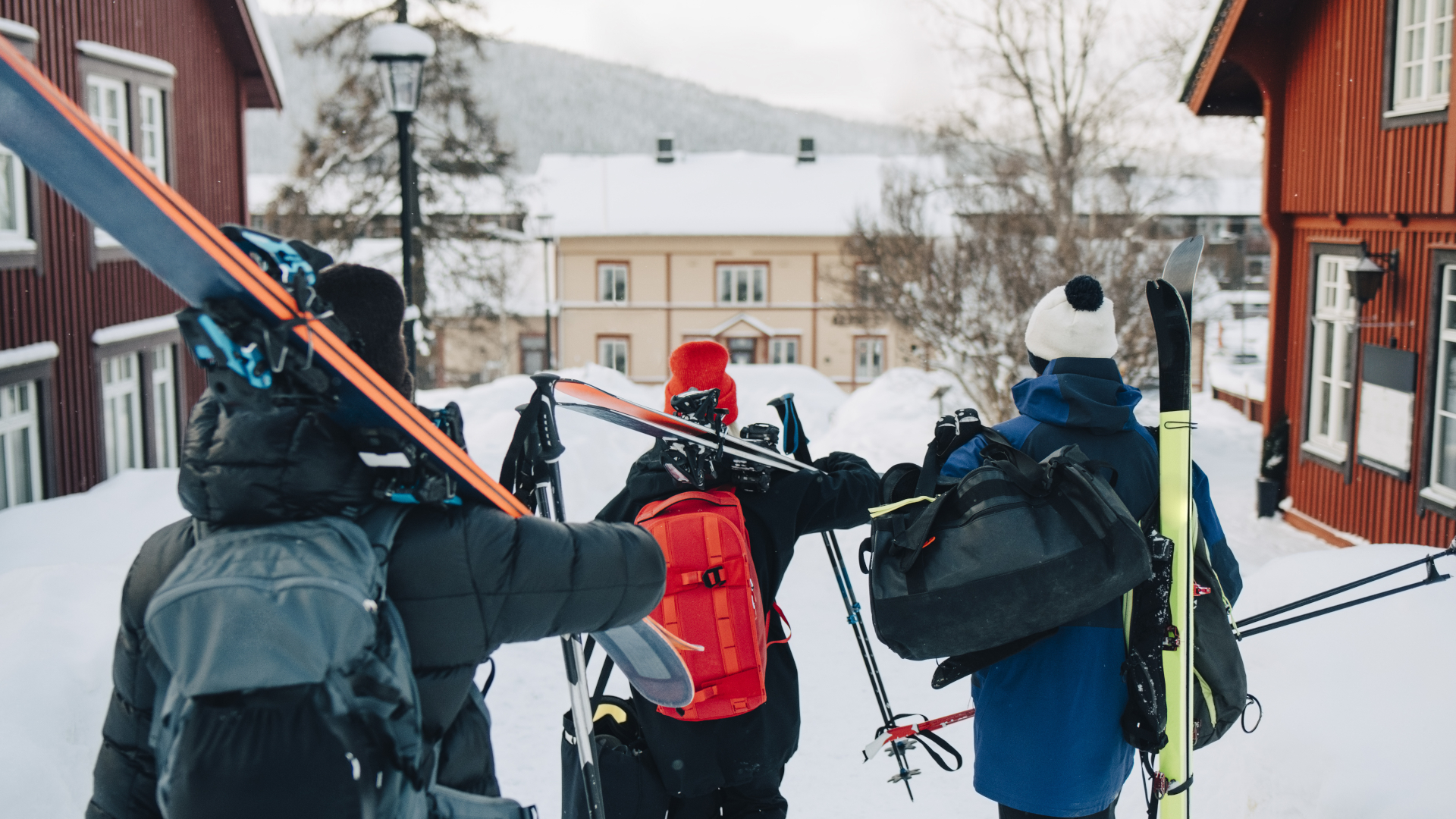What is camber on skis? A beginner's guide to camber and rocker
What is camber on skis? We uncover the feature that helps you grip, turn and control your skis on the snow

When you’re shopping for skis for the first time, it’s easy to get overwhelmed by all the new terminology. Edges, waist, rocker, camber, what does it all mean? Some of these terms are more important to understand than others, and in this article, we take a look at a feature called camber, that is responsible for ensuring smooth turns, stability and making sure you have good grip on the snow. So what is camber on skis, and how does it work?
What is camber on skis?

The word camber means a slightly convex or arched shape of a horizontal surface and in skis, it describes exactly that. If you take a traditional ski and place it on the snow without putting any weight on it, the only points that actually touch the snow will be the two ends near the tip and tail. The midsection (waist) actually arches up a little. This arch is called camber in skis, and is also sometimes referred to as standard alpine camber or positive camber.
Classic camber is between 3-5mm and you’ll find it on most skis, whether you’re looking for something to ski groomers (on piste) or backcountry (freeride). Many cross country skiers use skis that feature double camber these days, which means that when you’re on both feet, the waist of your ski never touches the snow and when you shift your weight into one ski, it flattens to help with gliding and traction.
Why do skis have camber?

Camber makes your skis a little springy, so once you clip your boot into your bindings, you’ll feel a little give under foot. This allows you to use your edges to find good grip, especially in icy conditions or hard pack snow, and allows for easier, more effective turning and stopping.
Camber distributes your weight more evenly throughout the ski. If you don’t have any camber on your skis, there’s more pressure on the middle of the ski which makes it more difficult to turn and control. Flat skis with no camber have minimal grip and aren’t very manageable, which is why they’re very uncommon these days.
What is a reverse camber ski?

There’s one other term you might come across in your research on skis, and that is reverse camber. So what on earth is that? Better known as rocker, reverse camber is the exact opposite of camber. Introduced by the late skier Shane McConkey in 2002, rocker skis revolutionized powder skiing with a design based on the water ski, where the waist of the ski touches the snow and the tip and tail curve upwards (kind of like a rocking chair).
Rocker skis enhance your flotation in powder and improve your turning ability, especially when skiing in the terrain park.
All the latest inspiration, tips and guides to help you plan your next Advnture!
Is camber or rocker better for all-mountain?

If you’re in the market for all-mountain skis, meaning one pair that you can use in backcountry and side country skiing as well as groomers, the truth is, you probably don’t have to choose between camber or rocker.
These days, skis for all types of skiing are mostly being designed with both camber and rocker. These two features will come in different variations, for example a pair of skis might only have rocker at the tip plus camber and a flat tail, or they could have double rocker and camber. Each variation will have a slightly different focus, however just know that skis with camber and double rocker are great for all-mountain skiing, but will work nicely on groomers and in powder too.
Your best bet is to talk to a ski professional about your ability and the type of skiing you want to do, choose the right ski length and then you’ll be able to find the pair that helps you make the best turns.
Julia Clarke is a staff writer for Advnture.com and the author of the book Restorative Yoga for Beginners. She loves to explore mountains on foot, bike, skis and belay and then recover on the the yoga mat. Julia graduated with a degree in journalism in 2004 and spent eight years working as a radio presenter in Kansas City, Vermont, Boston and New York City before discovering the joys of the Rocky Mountains. She then detoured west to Colorado and enjoyed 11 years teaching yoga in Vail before returning to her hometown of Glasgow, Scotland in 2020 to focus on family and writing.

